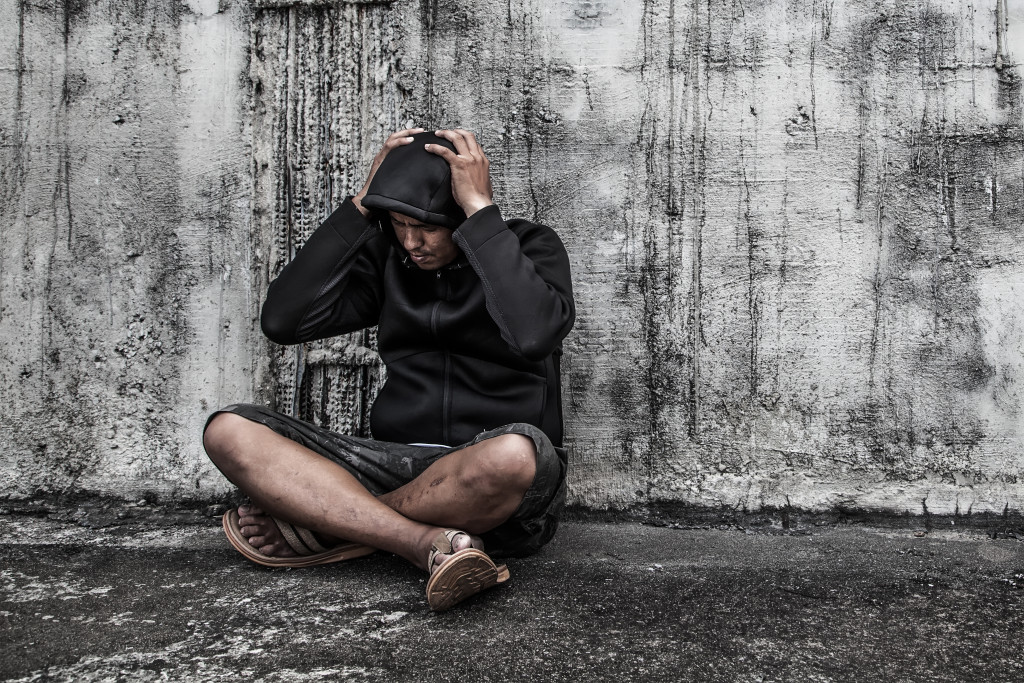Despite being one of the world’s superpowers, issues like poverty, crime, and lack of affordable housing among citizens persist in the US. According to the Pew Research Center, these issues are more prone in urban areas; it is crucial to address them to make each American’s life better.
Poor Urban Neighborhoods
People experience unique problems based on where they live. Urban residents face different issues than rural residents. In the urban setting, poor communities face other stressors. For example, low-income urban neighborhoods have higher crime rates due to persistent poverty and lack of opportunities.
Poverty
According to a journal published by Harvard in 2006, at least 19% of US citizens living in the city are poor. The number can be significantly different these days. Based on the journal, the city attracts a poor demographic because of the presence of public transportation. For poor people, buying a personal automobile to travel around the suburbs is not an option.
As poverty is concentrated in the city, higher crime rates follow. It also results in underperforming schools, substandard housing, and poor health services. This primarily affects the children who grow within this community; it affects their behavioral and emotional growth.
Housing
As mentioned above, substandard housing is a consequence of concentrated poverty in the city. Substandard housing means insect infestation, lead paint, and broken parts of a home such as windows and heating systems. Aside from substandard housing, the affordability of homes in poor areas is also an issue.
In the city, prices of homes are usually very high, while people living below the poverty line receive minimal income. Based on studies, around 12 million Americans use half of their income to pay for housing. On top of this, racial segregation is also prevalent in poor communities; racial segregation prevents African Americans, in particular, from moving to white neighborhoods.
Homelessness is also an issue related to housing. Around the cities, many homeless people are seen sleeping on the streets; some live in abandoned cars or homes. When winter comes, these people are subjected to extreme temperatures with no shelter or protection; this proves lethal for most.
Crime

Crime happens as a result of poverty. As poverty is concentrated in the city, more crime-related incidents are observed in the same area. The most dangerous cities in the US are composed of households that live below the poverty line. People living in these hazardous areas are prone to violent crime and property crime.
Revitalizing Urban Communities
With poverty being the primary root of other problems like substandard housing, homelessness, and crimes, it is essential to provide a solution to poverty. The answer to the problem can be divided into two categories.
Improving individuals
Improving poor urban communities starts from its residents. Poverty can be reduced by improving an individual’s workforce skills. By doing so, these individuals become more competitive in the labor arena and increase their chances of earning higher wages. More income means they can finally save to buy their own homes. Once a person improves their skills and proves that they can handle their own business, agencies offering business financial services can help.
Providing apprenticeship opportunities for young people in poor urban communities can also make a big difference. Options like this must be given especially to young people of color to provide them with better chances of earning more. On average, people who finished a successful apprenticeship get a starting salary of 50,000 dollars.
In addition, opportunities must be given even to those with criminal records. We all know that crimes are prevalent in poor urban communities; the youth are pushed to resort to crime to survive. Giving them a chance to change and earn job opportunities is a huge help.
Improving neighborhood assets
Changing a community’s financial status can be done by attracting investors that will create job opportunities within the neighborhood. To do this, government units and agencies must work to identify the challenges the communities face and change the barriers that create hesitation among future investors.
Transportation is vital in improving neighborhoods. By improving public transit in these communities, accessibility to job opportunities is created. This is also crucial to attract future investors within the community. Good public transportation also provides people from these communities easy access to better schools and other essentials like food.
Overall, the individuals within the poor urban community and the government must work hand in hand to address the challenges within the area. Poverty has been a long-time issue that is not easy to handle, but doing the necessary steps can be the start needed to finally make a change.




